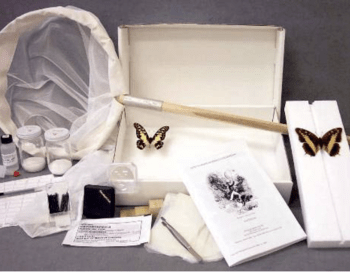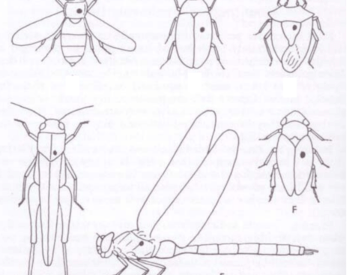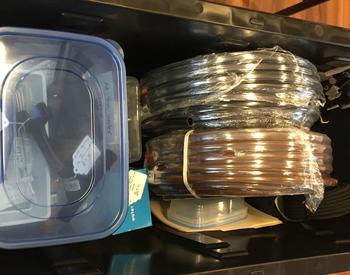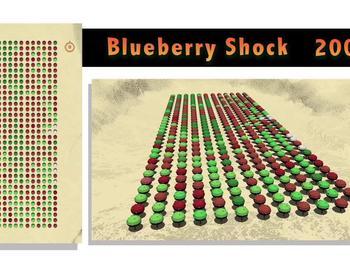Several brown, dead rings have formed in my lawn this summer. They seem to coincide with a type of mushroom. Are the mushrooms causing this? Is there any treatment short of applying a fungicide that is effective? Will the lawn recover on its own?
You have a fungal disease called fairy ring. The fungal disease makes the soil hydrophobic (extremely dry) and then the grass dies because it can't get enough water. It also causes the mushrooms to grow. Those spots may or may not recover depending on whether the crown (base) of the grass plants died. If the leaves died and it looks dead, but the crown is still alive, it will recover. There is no way to really tell other than fertilize it, water it heavily and wait for regrowth once the temperatures cool down.
Fairy ring can be a difficult disease to control because it can be challenging to apply a fungicide on the fungus. There are a couple approaches to try:
You can try to manage it without applying a fungicide.
The strategy is to core your lawn (punch holes in it) in the spring (I would also do it in a couple of weeks from now and overseed). You can rent a dethatcher to break up the cores and rake the dirt back into the holes. The key for this approach to work is to core when your soil has the appropriate moisture meaning it is soft enough to punch holes in but dry enough that you can break the soil apart with a dethatcher.
Next, apply a wetting agent every 3 weeks and keep your lawn well irrigated during the summer. The goal is to not let your lawn dry out and the wetting agent helps keep that from happening. You are much better to water more frequently (2 or 3 days a week) using less water (i.e., shorter run times) than to water one time per week and go through wetting and drying cycles. As an alternative, you can hand water those areas with fairy ring a couple times a week and water the rest of your lawn more thoroughly, but less frequently, if that is more convenient.
Unfortunately, wetting agents can be expensive, so I would try something like this: Grow More 8055 E-Z Wet Soil Penetrant 26 (Amazon link). You should thoroughly water the wetting agent in after application. The problem with this product is that it will require that you mix it in water (usually 4 - 6 fl. oz. of wetting agent to 1 gallon of water) and spray it on your lawn, so you will need a backpack sprayer. Normally, you try to spray one gallon of spray solution per 1,000 sq. ft.
Golf courses often spray wetting agents, but they have large sprayers to do so. They also use this type of device: Underhill PelletPro Turf Wetting Agent Applicator Gun (from Gemplers) for spot treating that you attach to the end of the hose. You can purchase more wetting agent pellets for these attachments, so they are easy to use but they are expensive too. And they make you buy a case of pellets (24) at one time which costs about $250.
The other option is to apply a fungicide after coring.
Heritage G is an example. The problem is that it may or may not work - there is no guarantee. However, if it does work, you don't have to do all the other stuff listed above. But you may have to make a fungicide application every spring, at least for 2 or 3 years. Then you might try skipping a year to see if you killed the fairy ring.
One final note, fairy ring is usually prevalent where there is a lot of organic matter in the soils. Sometimes people apply compost, and sometimes it comes from trees that were removed and the stumps are ground using a stump grinder, but the wood chips were left in the soil. If that is the case for your property, the best approach is probably to dig out those areas and refill with soil and replant.
Trade-name products and services are mentioned as illustrations only. This does not mean that the Oregon State University Extension Service either endorses these products and services or intends to discriminate against products and services not mentioned.
¡Use los pesticidas con seguridad!
- Póngase ropa de protección y equipo de seguridad según las recomendaciones de la etiqueta. Báñese después de cada uso.
- Lea la etiqueta del pesticida—aunque lo haya usado antes. Siga al pie de la letra las indicaciones de la etiqueta (y cualquiera otra indicación que Ud. tenga).
- Tenga precaución al aplicar los pesticidas. Conozca su responsabilidad legal como aplicador de pesticidas. Usted puede ser responsable de heridas o daños resultantes del uso de un pesticida.





















